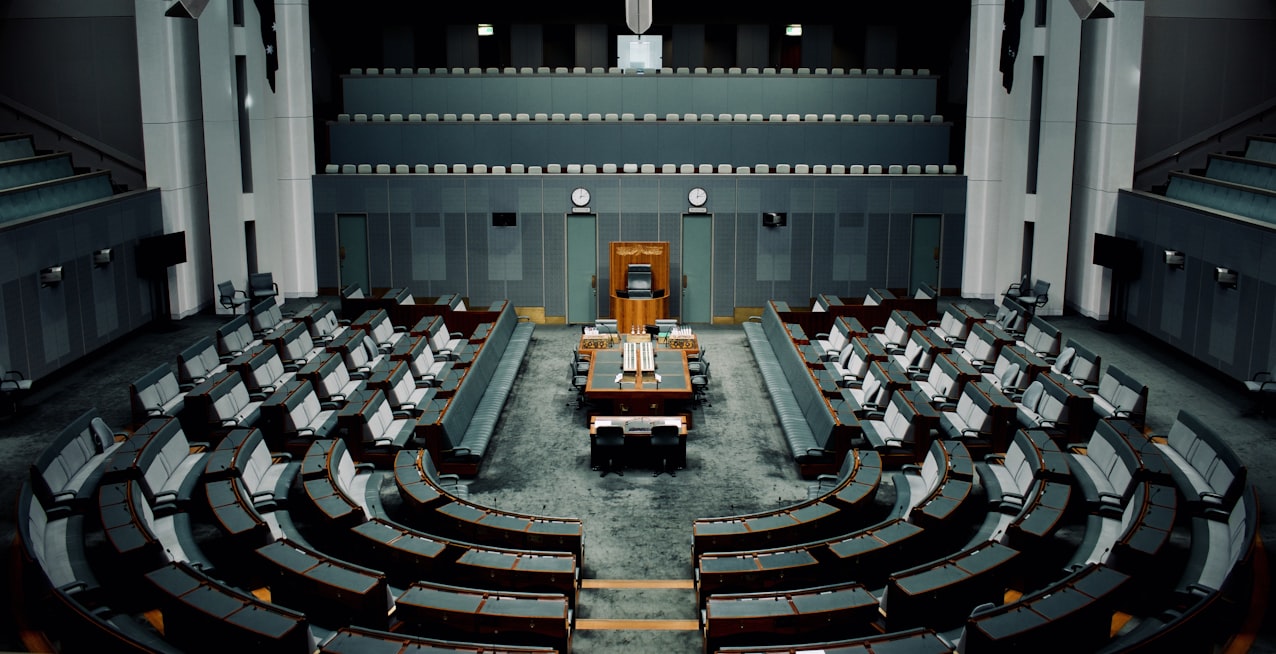Demand for natural gas in the fast-growing Asian market continues to provide an economic opportunity for Australia, according to the International Energy Agency (IEA).
The IEA’s World Energy Outlook highlighted that as the global energy market is being reshaped to meet emissions reduction commitments, natural gas remains an important part of a cleaner energy future.
APPEA Chief Executive Andrew McConville said the versatility of natural gas was underscored by the different roles it was forecast to play across the four scenarios outlined in the IEA outlook.
“In every scenario outlined by the IEA natural gas has a critical role to play in Asia through coal-to-gas switching, carbon capture, use and storage (CCUS), hydrogen production, supporting renewables, and the rise of low-carbon gases.
“Natural gas is a constant in our future – from the Stated Policies* scenario which sees world demand growing by 28% to 2050, to the Approved Pledges* and Sustainable Development* scenarios where natural gas plays a key role in coal-to-gas switching in Asia and evolves to a platform for technological developments and new fuels, and finally to the NZE* scenario where natural gas continues to contribute to lower emissions in key demand centres in Asia and to the production of hydrogen.
“Every scenario represents an opportunity for Australia with high paying, skilled jobs, export dollars and taxation revenue to governments for decades,” Mr McConville said.
“The IEA has again reaffirmed on a lifecycle basis, natural gas has much lower associated emissions than coal in electricity generation and switching to natural gas provides an opportunity to lower emissions quickly, particular in Asia. The report highlights that since 2010 coal-to-gas switching has reduced global emissions by around 750 Mt CO2 than they otherwise would have been.”
The Australian Government estimates Australia’s LNG has the potential to lower emissions in LNG importing countries by around 170 Mt of CO2 each year by providing an alternative to higher emissions fuels – the equivalent of over one-third of Australia’s total annual emissions.
Mr McConville said the oil and gas industry is at the forefront of new energy technologies such as carbon capture and storage and hydrogen while Australian LNG exports to Asia will continue to help lower emissions.
APPEA supports government policy and industry action that targets net zero by 2050 across the Australian economy.
*The 2021 World Energy Outlook can be found here.
- Stated Policies Scenario (STEPS), which reflects current policy settings based on a sector-by-sector assessment of the specific policies that are in place, as well as those that have been announced by governments around the world.
- Announced Pledges Scenario (APS), which assumes that all climate commitments made by governments around the world, including Nationally Determined Contributions (NDCs) and longer-term net zero targets, will be met in full and on time.
- Net Zero Emissions by 2050 Scenario (NZE), which sets out a narrow but achievable pathway for the global energy sector to achieve net zero CO2 emissions by 2050.
- Sustainable Development Scenario (SDS), which, like the NZE, achieves key energy-related United Nations Sustainable Development Goals related to universal energy access and major improvements in air quality, and reaches global net zero emissions.







